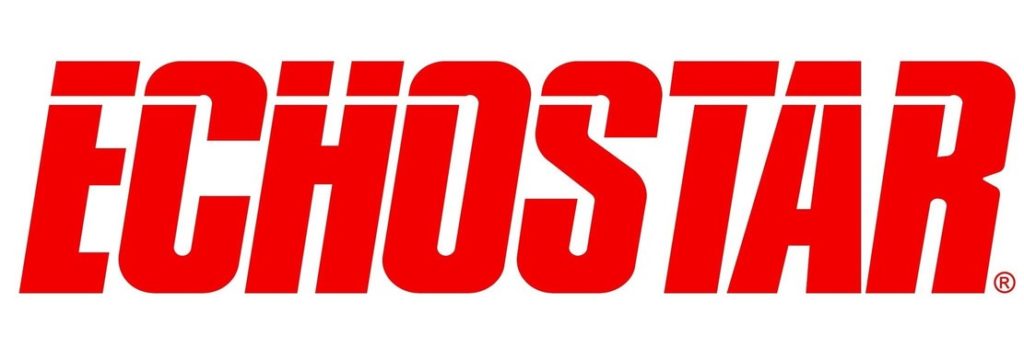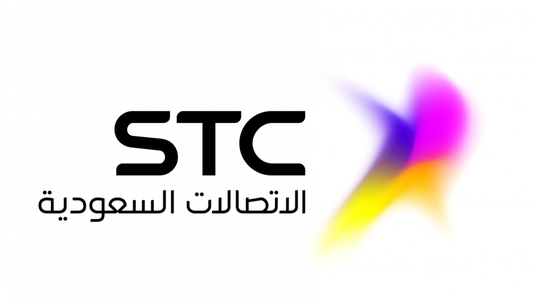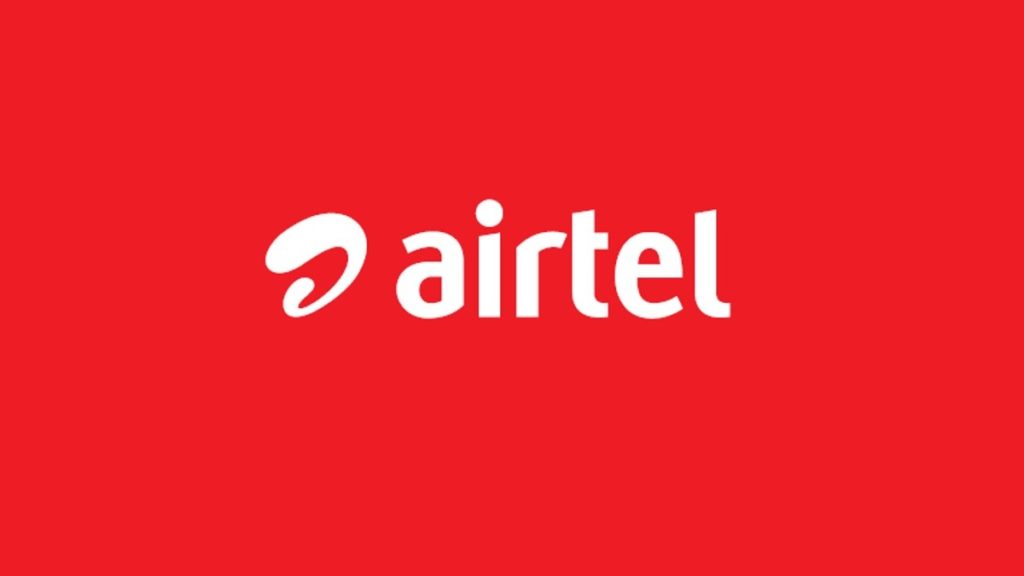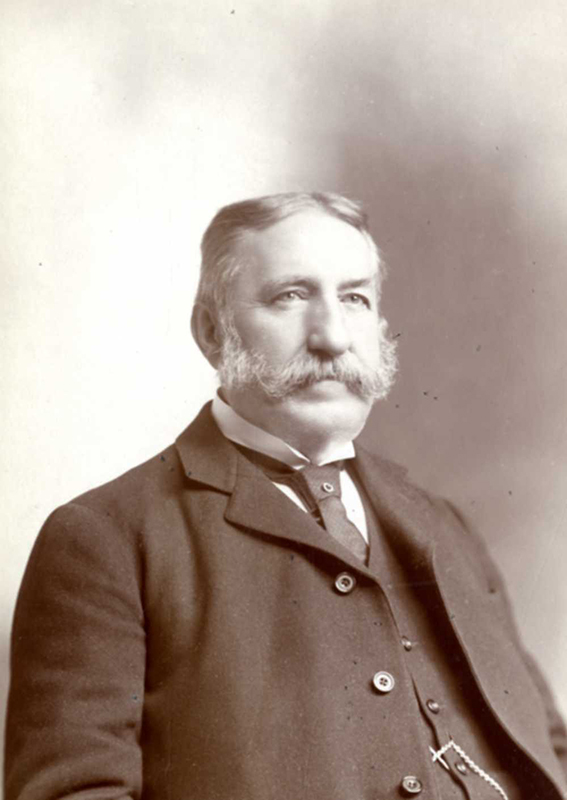Vonage – 25 Years Old Company Specializes In Business Cloud Communications.
The discovery of communication mediums, like the telephone, has revolutionized every industry. In fact, communication mediums are the best invention of all time. Starting from telegraphs to telephones, and from the simple button, mobile phones to today’s smartphones, all of these devices have been a matter of amaze. Today, we are able to communicate not only via smartphones but also through a mere internet connection. On the internet, too, cloud communication has become a really effective medium of communication. Vonage is one of those cloud communication service providers which provides its services to businesses. This American company started as a residential telecommunication service provider and today is one of the leading business cloud communications providers.
About Vonage
Vonage is a publically held American company founded in 1998. It specializes in business cloud communications, such that, provides services like Unified Communications, Contact Center, Communications APIs, Home VoIP Phone Service Provider, etc. The company is about 25 years old, but still, it retains its relevance, in fact, with time, it has adapted to the changing trends, making it stand strong among the competition. Jeff Pulver and Jeffrey A. Citron are the founders of Vonage, whereas its headquarters is based in Holmdel, New Jersey, United States. The company offers its services worldwide, and about 2500 people are working for it. As per the 2020 records, Vonage made revenues worth $1.25 billion, and its served over 1.1 million subscribers worldwide.
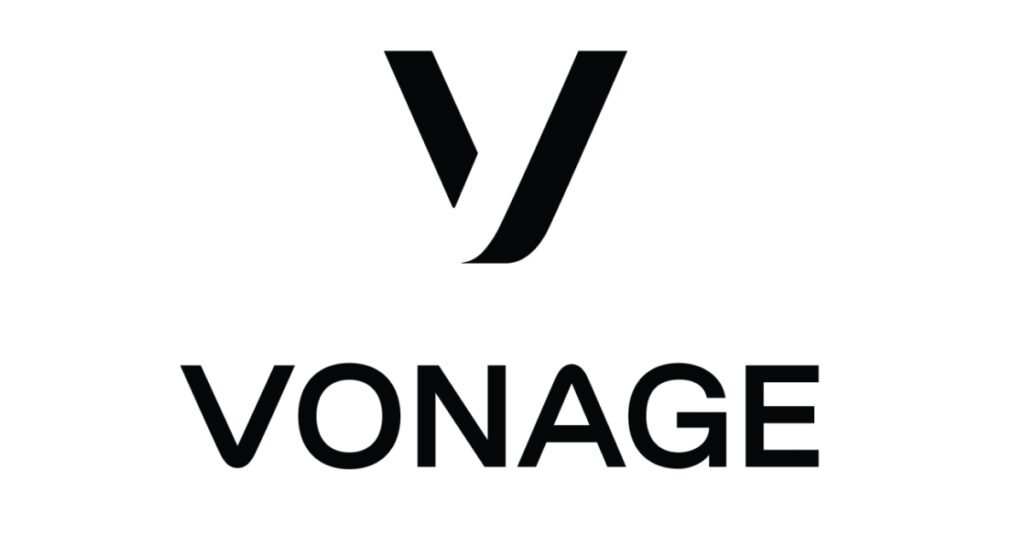
The Back Story
Jeff Pulver founded Vonage in 1998 as Min-X.com, a Voice over IP (VOIP) exchange. Later, Jeffrey A. Citron, the other co-founder, and Carlos Bhola, an investor in the company, joined Vonage. Both contributed $1 million from their private savings and became board members. In the coming years, Citron became the CEO, whereas Bhola was appointed as the President of the company, raising $11 million in additional funding. By this time, the company started to focus on being a VOIP service provider. In 2001, the company had its name changed to Vonage Holdings Corp., and the headquarters of the company was shifted to Holmdel, New Jersey.
Beginning in the USA, Vonage had expanded to countries like the UK and Canada in the coming years. In 2006, the company went public on New York Stock Exchange, and it offered its shares to its existing customers through the IPO.
Like every other company, Vonage started to expand its business through strategic acquisitions, starting in 2013. The names acquired by Vonage include Vocalocity, Telesphere, iCore Networks, SimpleSignal, gUnify, Nexmo, TokBox, NewVoiceMedia, Over.ai, etc.
Today, Vonage specializes in services including Business services (unified communications, cloud communications, middleware technology, etc.), Residential services (home phone plans using VoIP), Service requirements, telephone number availability, Emergency calls, Quality of service, and equipment compatibility, etc. As per an announcement by Ericsson done in November 2021, Ericson is going to acquire Vonage for a sum of 6.2 billion USD by the first half of 2022.
The CEO at Vonage
Rory P. Read is the current CEO of Vonage. He is a well-known business executive in America and possesses experience of more than 25 years. Read has got a bachelor’s degree in information systems from Hartwick College and has worked in big-name companies like IM, Lenovo, AMD as well as Dell in multiple executive positions. In fact, Read has spent about 23 years at IPB, where he handled the Asia Pacific region as the general manager, of Business Innovation Services. Before joining Vonage, Read served as the president and CEO of Virtustream, a subsidiary of Dell, and as the EVP chief operating executive of Dell. Read became the CEO of Vonage in July 2020.

Yashica is a Software Engineer turned Content Writer, who loves to write on social causes and expertise in writing technical stuff. She loves to watch movies and explore new places. She believes that you need to live once before you die. So experimenting with her life and career choices, she is trying to live her life to the fullest.
